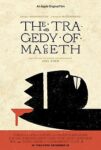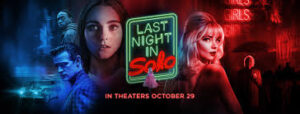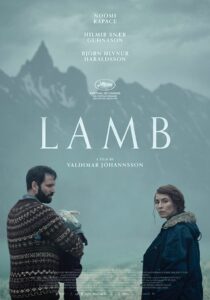Icelandic Folk Horror: Tilbury
Made for Icelandic television in 1987 Tilbury is a short, just 53-minute, folk horror set during the British occupation of Iceland in 1940.
Audun is young man from rural Iceland. When he is sent near Reykjavik to part of the labor force building up defenses for the occupying British forces, he’s asked by the village priest to check in on a young woman, the priest’s daughter, who traveled there earlier and who has now fallen out of contact.
Out of place and naive Audun eventually finds the young woman but begins to suspect that a British officer she’s having an affair with may in fact be an imp from Icelandic folklore. As Audun investigates his experiences become more and more nightmarish.
Despite the limitations of television and budget Tilbury has much to offer; Lynchian dream logic sequences, amusing portrayals of British and American stereotypes by Icelandic performers, and a different vibe of folk horror.
The follow bit of text I am striking through. Please see my follow-up post but essentially it was wrong and I regret the error.
That said it must be noted that halfway through the run time the piece takes an ugly anti-Semitic turn that is truly baffling and utterly unnecessary to story or plot. At first these viewpoints can be dismissed as a character’s bigotry but the movie’s climatic sequence present imagery that invalidates such an interpretation.
With such an ugly turn I cannot recommend anyone support what otherwise might have been an interesting discovery.
Tilbury is currently streaming on Shudder.

























